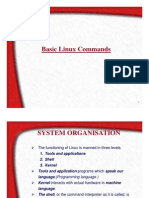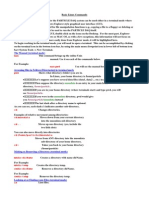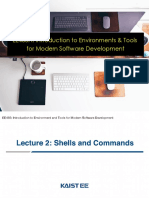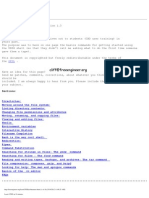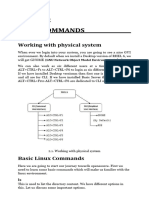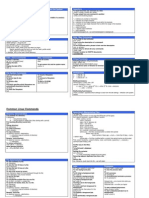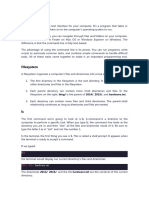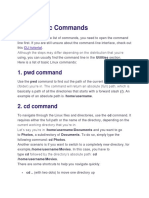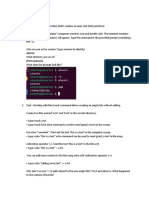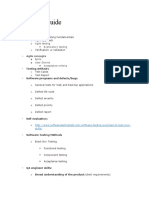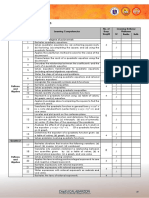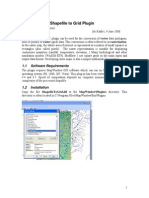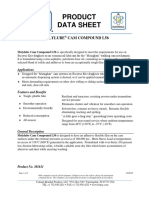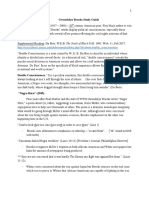0% found this document useful (0 votes)
38 views4 pagesLinux Crash Course
This document is a crash course on Linux for beginners, covering essential commands and techniques such as using the man command for manuals, remote login via SSH, and file management commands like ls, cp, mv, and rm. It also explains how to utilize the apropos command for searching manuals and provides tips for navigating the file system. Key concepts include creating files and directories, moving and copying files, and understanding the Linux directory structure.
Uploaded by
mamunsirazeeeCopyright
© © All Rights Reserved
We take content rights seriously. If you suspect this is your content, claim it here.
Available Formats
Download as DOCX, PDF, TXT or read online on Scribd
0% found this document useful (0 votes)
38 views4 pagesLinux Crash Course
This document is a crash course on Linux for beginners, covering essential commands and techniques such as using the man command for manuals, remote login via SSH, and file management commands like ls, cp, mv, and rm. It also explains how to utilize the apropos command for searching manuals and provides tips for navigating the file system. Key concepts include creating files and directories, moving and copying files, and understanding the Linux directory structure.
Uploaded by
mamunsirazeeeCopyright
© © All Rights Reserved
We take content rights seriously. If you suspect this is your content, claim it here.
Available Formats
Download as DOCX, PDF, TXT or read online on Scribd
/ 4























